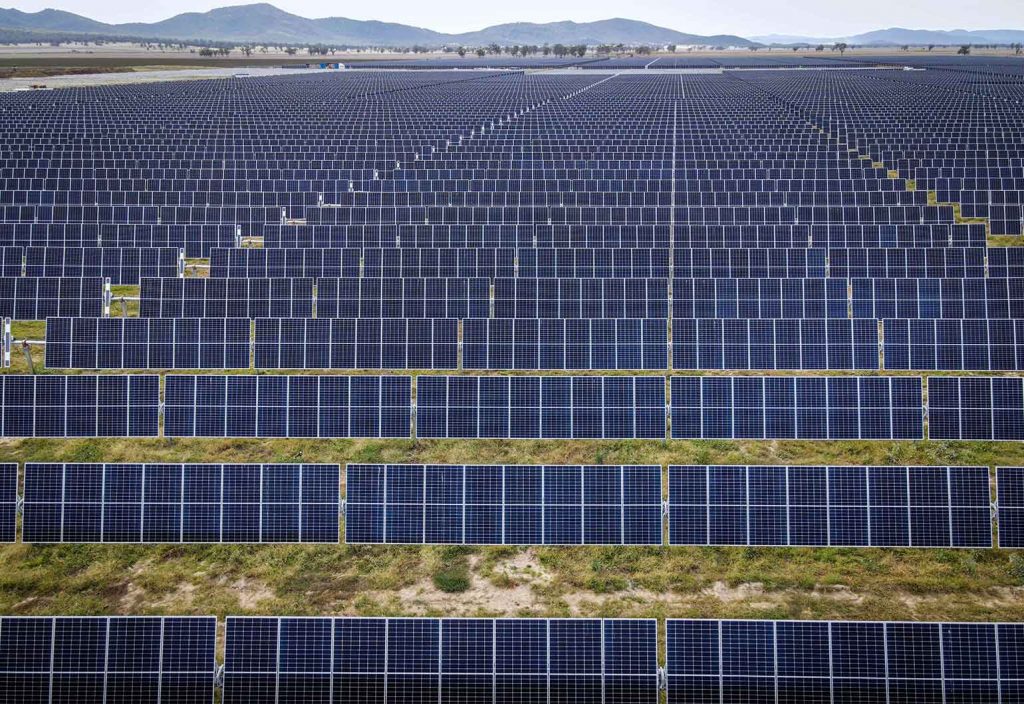Ahead of his appearance at Engineers Australia’s Climate Smart Engineering conference next month, Dr Massoud Sofi, Research Fellow at the University of Melbourne, discusses his vision to extract value from old solar panels.

Research Fellow, The University of Melbourne.
As Australia’s uptake of photovoltaic (PV) solar panel technology has grown over the past few decades, a new problem has come along with it: what to do with the panels when they reach the end of their life.
Australia will have to deal with 1.5 million tonnes of decommissioned photovoltaic waste by 2050. Globally, that figure is roughly 80 million tonnes. But the current approach to PV panels as they reach their end of life is to dispose of them as general waste. There are no other alternatives.
Those disposal costs are around $2000 per tonne, and although there’s technology to recycle the materials in panels to a very high purity that could possibly be used to remake solar panels or similar electronics, these new materials cost approximately the same. So electronics manufacturers would prefer to use virgin materials rather than recycled ones.
But rather than recycle the materials, my research is looking at upcycling them. The problem is complex; a lot of hazardous materials are involved in the make-up of a solar panel, including lead, copper, zinc and other heavy metals. And because the panels are made to be very compact so they can function the way they do, it becomes quite challenging to process them.
We are trying to look at how we can create value out of these materials — in our case, we are looking at processing the materials to turn them into construction materials. And because the panels are made up of a composite where the front is glass and the backing is a polymer material, we’re trying to use that to produce oil and fuels that could be also used for other applications.
This involves some challenges. We are setting up an innovative high-capacity separation process that ensures the volume of upcycled materials is high. Conducting experiments in laboratories is one thing, but when it comes to scaling the process, it must be transferred so that it is suitable for industry.
Lastly, the output materials produced by the process must meet Environmental Protection Authority requirements, to make sure there are pathways for those materials to actually be used.
It’s not just a matter of putting solar panels into a machine and producing phones or polymer materials at the other end.
How do we separate materials that are classified as non-hazardous from those that are classified as hazardous? Are the extracted materials efficient in terms of meeting industry partners’ investment requirements? Are those products useful enough for them to have a market down the track? Otherwise, it would be quite easy to process these materials and use them as a filler material in concrete or construction.
Once the technique is established, we could look at ways to upcycle similar types of waste. For example, TV screens have similar features to PV cells — they are made up of glass and polymers and metals. Future research could consider what other outputs the process could create with properties that fit the market.
One example is grinding glass to a level fine enough that it could be automatically taken up by cement production industries and combined with fly ash. You could actually combine different types of materials to give them value.
